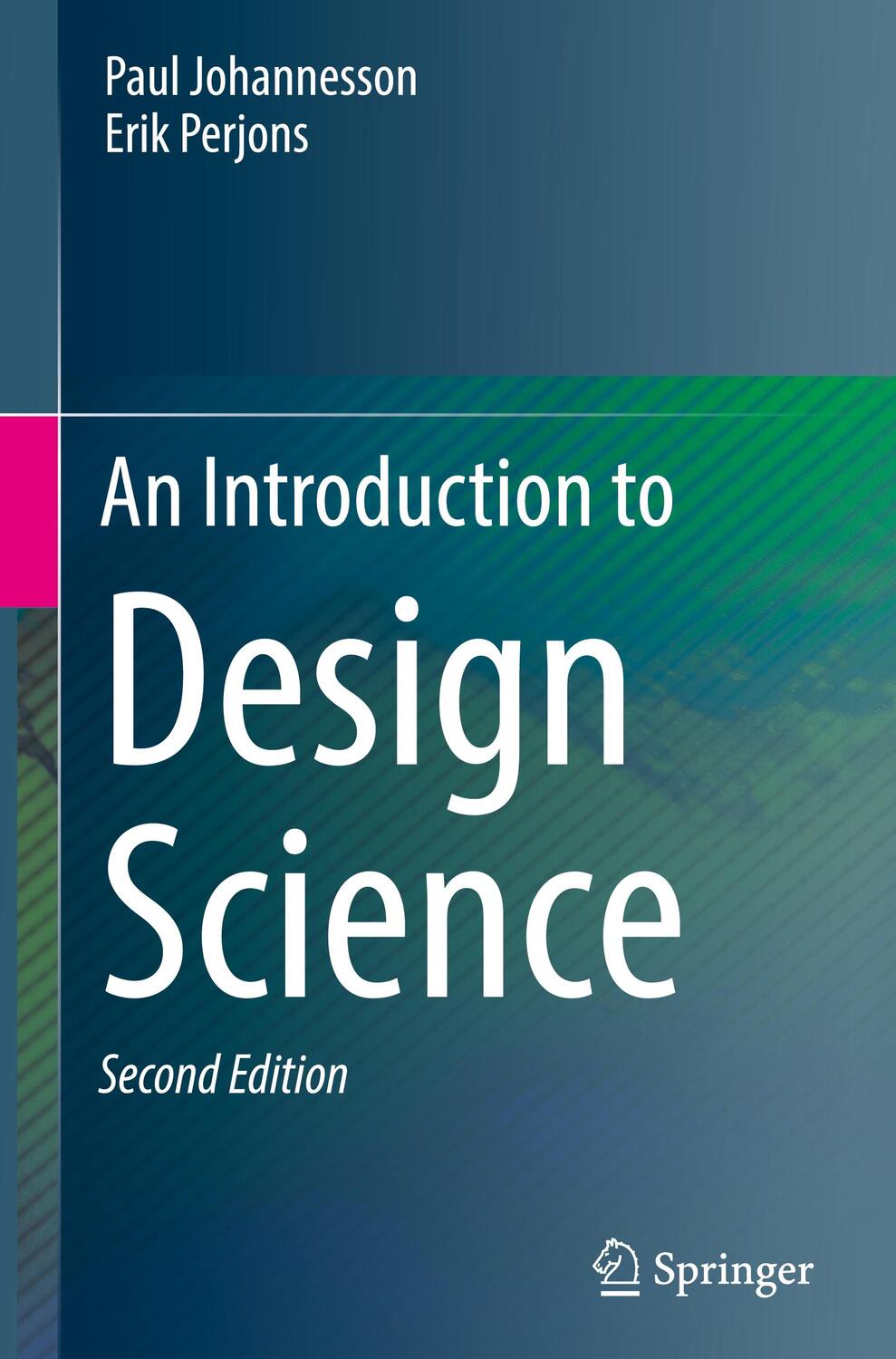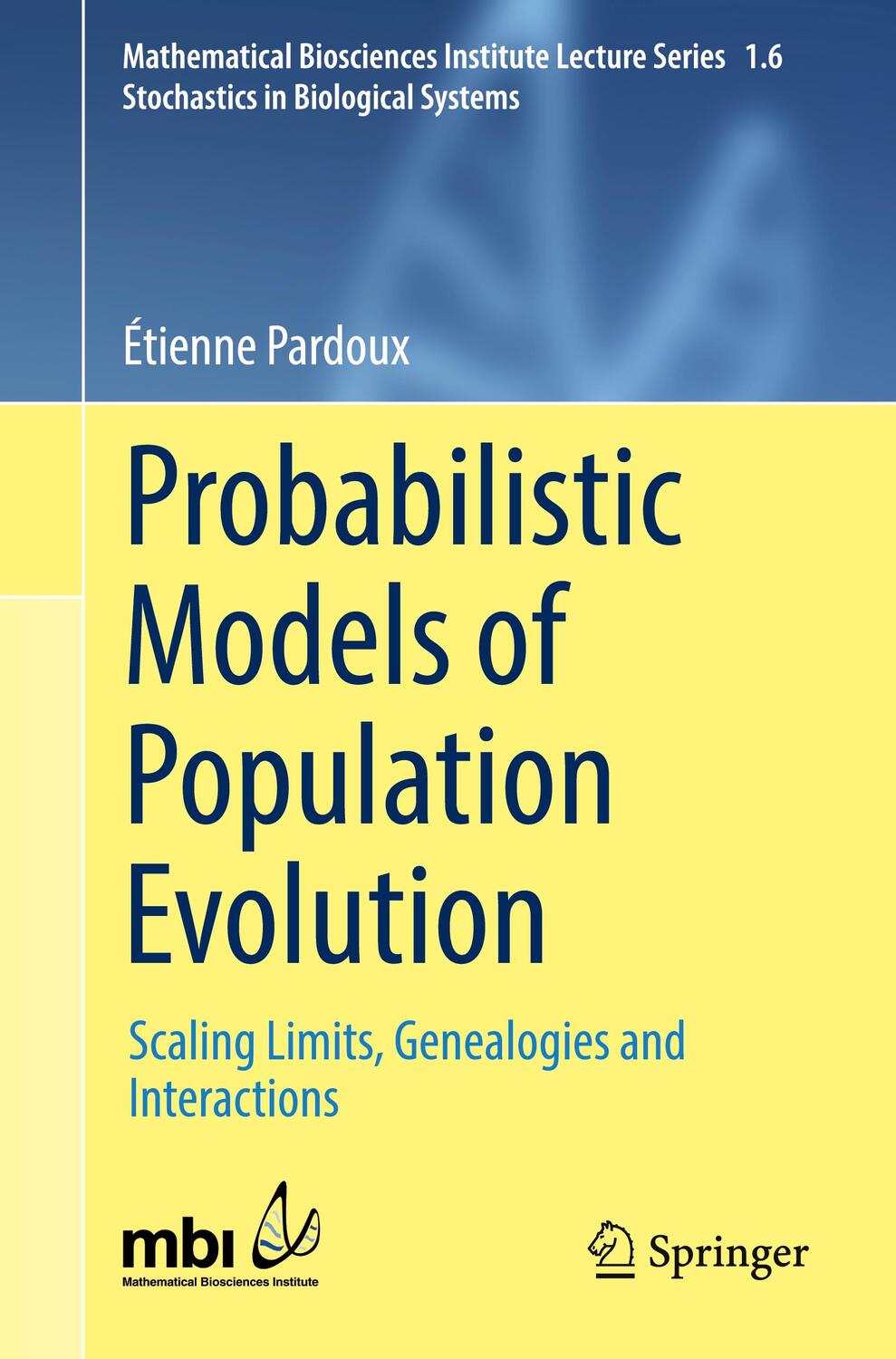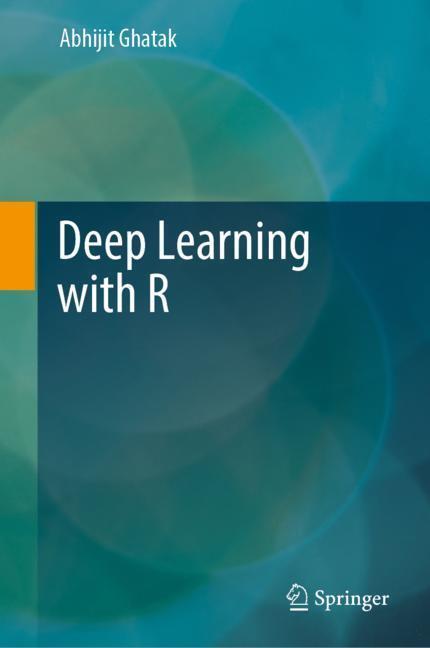75,45 €*
Versandkostenfrei per Post / DHL
Lieferzeit 2-3 Wochen
Design science in information systems and technology aims to create novel artifacts in the form of models, methods, and systems that support people in developing, using and maintaining IT solutions. This work focuses on design science as applied to information systems and technology, but it alsoincludes examples from, and perspectives of, other fields of human practice.
Chapter 1 provides an overview of design science and outlines its ties with empirical research. Chapter 2 discusses the various types and forms of knowledge that can be used and produced by design science research, while Chapter 3 presents a brief overview of common empirical research strategies and methods. Chapter 4 introduces a methodological framework for supporting researchers in doing design science research as well as in presenting their results. This framework includes five core activities, which are described in detail in Chapters 5 to 9. Chapter 10 discusses how to communicate design science results, while Chapter 11 compares the proposed methodological framework with methods for systems development and shows how they can be combined. Chapter 12 discusses how design science relates to research paradigms, in particular to positivism and interpretivism, and Chapter 13 discusses ethical issues and principles for design science research. The new Chapter 14 showcases a study on digital health consultations and illustrates the whole process in one comprehensive example. Also added to this 2nd edition are a number of sections on practical guidelines for carrying out basic design science tasks, a discussion on design thinking and its relationship to design science, and the description of artefact classifications. Eventually, both the references in each chapter and the companion web site were updated to reflect recent findings.
Design science in information systems and technology aims to create novel artifacts in the form of models, methods, and systems that support people in developing, using and maintaining IT solutions. This work focuses on design science as applied to information systems and technology, but it alsoincludes examples from, and perspectives of, other fields of human practice.
Chapter 1 provides an overview of design science and outlines its ties with empirical research. Chapter 2 discusses the various types and forms of knowledge that can be used and produced by design science research, while Chapter 3 presents a brief overview of common empirical research strategies and methods. Chapter 4 introduces a methodological framework for supporting researchers in doing design science research as well as in presenting their results. This framework includes five core activities, which are described in detail in Chapters 5 to 9. Chapter 10 discusses how to communicate design science results, while Chapter 11 compares the proposed methodological framework with methods for systems development and shows how they can be combined. Chapter 12 discusses how design science relates to research paradigms, in particular to positivism and interpretivism, and Chapter 13 discusses ethical issues and principles for design science research. The new Chapter 14 showcases a study on digital health consultations and illustrates the whole process in one comprehensive example. Also added to this 2nd edition are a number of sections on practical guidelines for carrying out basic design science tasks, a discussion on design thinking and its relationship to design science, and the description of artefact classifications. Eventually, both the references in each chapter and the companion web site were updated to reflect recent findings.
Paul Johannesson holds a position as a professor at Stockholm University, where he works in the area of information systems. Johannesson has published more than 100 journal and conference papers on topics including federated information systems, languages for conceptual modelling, the use of linguistic instruments in information systems, process integration, e-commerce systems design, and e-health solution interoperability. He has also worked on design science methodology and applied it in numerous industrial projects.
Erik Perjons holds a position as a senior lecturer at Stockholm University. His research includes topics such as enterprise modelling, business process management, service oriented architecture, and knowledge management. He has published over 50 publications in international journals and conferences, participated in several national and international research projects in domains such as health care, e-government and telecom. In many of these projects, design science research has been applied.
Up-to-date, comprehensive and easily understandable introduction to design science
Directed to the needs of graduate students and researchers with no prior knowledge of design science
Supporting multimedia material available through the authors' web page
| Erscheinungsjahr: | 2021 |
|---|---|
| Genre: | Informatik |
| Rubrik: | Naturwissenschaften & Technik |
| Medium: | Buch |
| Seiten: | 228 |
| Inhalt: |
xiv
211 S. 6 s/w Illustr. 24 farbige Illustr. 211 p. 30 illus. 24 illus. in color. |
| ISBN-13: | 9783030781316 |
| ISBN-10: | 3030781313 |
| Sprache: | Englisch |
| Ausstattung / Beilage: | HC runder Rücken kaschiert |
| Einband: | Gebunden |
| Autor: |
Perjons, Erik
Johannesson, Paul |
| Auflage: | 2nd ed. 2021 |
| Hersteller: |
Springer International Publishing
Springer International Publishing AG |
| Maße: | 241 x 160 x 18 mm |
| Von/Mit: | Erik Perjons (u. a.) |
| Erscheinungsdatum: | 21.09.2021 |
| Gewicht: | 0,512 kg |
Paul Johannesson holds a position as a professor at Stockholm University, where he works in the area of information systems. Johannesson has published more than 100 journal and conference papers on topics including federated information systems, languages for conceptual modelling, the use of linguistic instruments in information systems, process integration, e-commerce systems design, and e-health solution interoperability. He has also worked on design science methodology and applied it in numerous industrial projects.
Erik Perjons holds a position as a senior lecturer at Stockholm University. His research includes topics such as enterprise modelling, business process management, service oriented architecture, and knowledge management. He has published over 50 publications in international journals and conferences, participated in several national and international research projects in domains such as health care, e-government and telecom. In many of these projects, design science research has been applied.
Up-to-date, comprehensive and easily understandable introduction to design science
Directed to the needs of graduate students and researchers with no prior knowledge of design science
Supporting multimedia material available through the authors' web page
| Erscheinungsjahr: | 2021 |
|---|---|
| Genre: | Informatik |
| Rubrik: | Naturwissenschaften & Technik |
| Medium: | Buch |
| Seiten: | 228 |
| Inhalt: |
xiv
211 S. 6 s/w Illustr. 24 farbige Illustr. 211 p. 30 illus. 24 illus. in color. |
| ISBN-13: | 9783030781316 |
| ISBN-10: | 3030781313 |
| Sprache: | Englisch |
| Ausstattung / Beilage: | HC runder Rücken kaschiert |
| Einband: | Gebunden |
| Autor: |
Perjons, Erik
Johannesson, Paul |
| Auflage: | 2nd ed. 2021 |
| Hersteller: |
Springer International Publishing
Springer International Publishing AG |
| Maße: | 241 x 160 x 18 mm |
| Von/Mit: | Erik Perjons (u. a.) |
| Erscheinungsdatum: | 21.09.2021 |
| Gewicht: | 0,512 kg |










